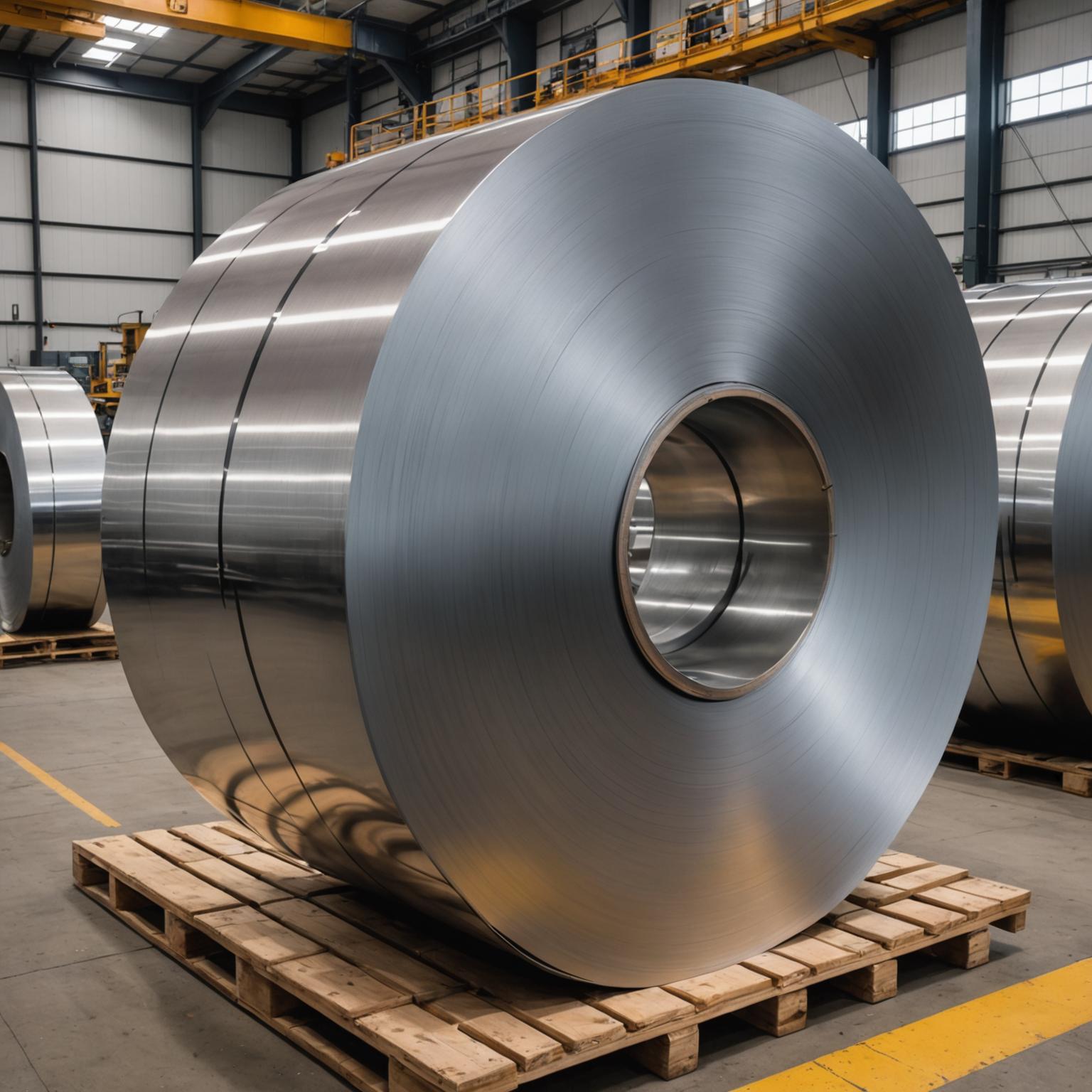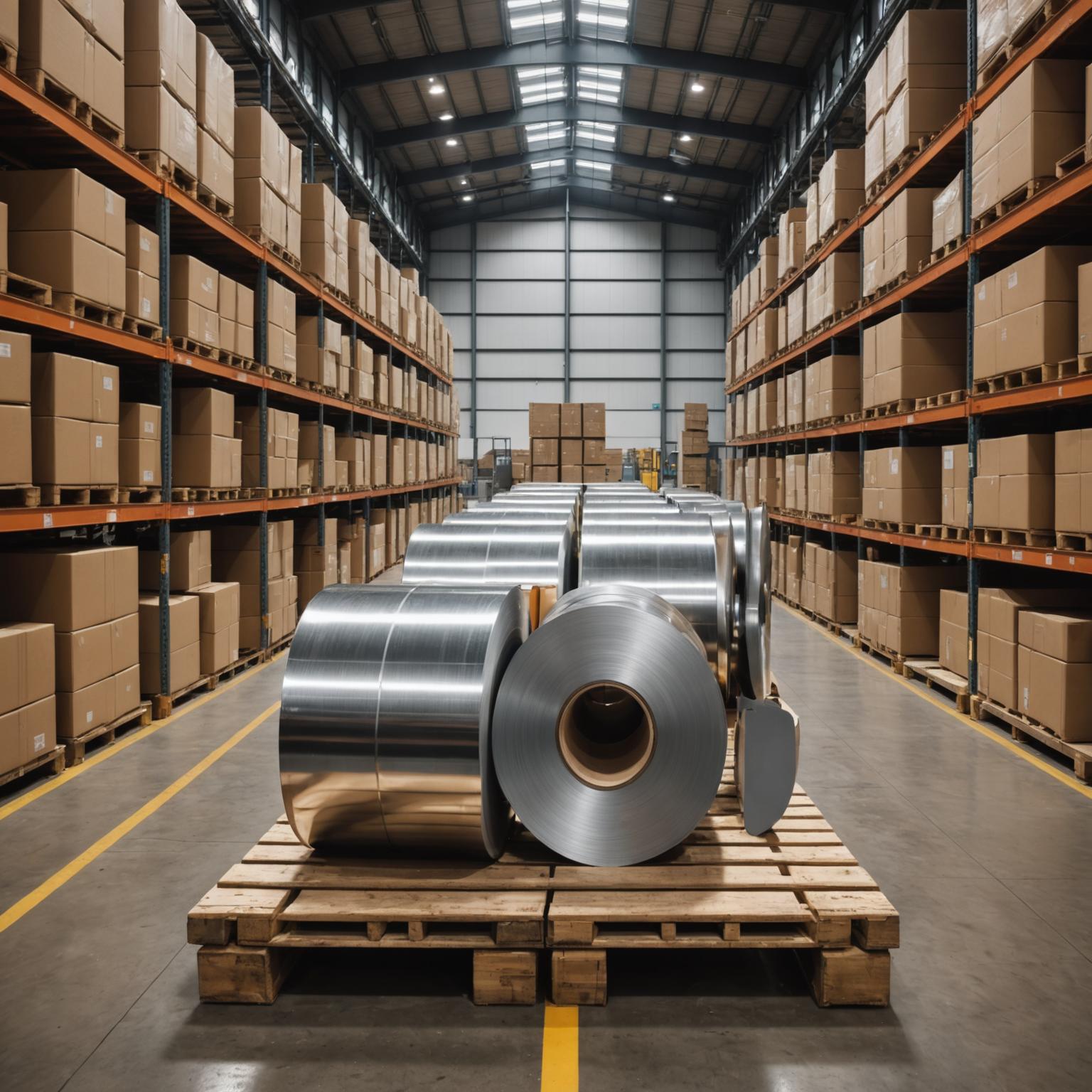When working with industrial materials, a crucial question for engineers, manufacturers, and quality assurance professionals is, What are the common surface defects that can impact the final product? This is especially pertinent for materials like stainless steel coils, which form the backbone of countless applications in construction, automotive, and manufacturing. The surface integrity of these coils is not just about aesthetics; it directly influences performance, durability, and resistance to corrosion. A flawless surface ensures that subsequent processes like coating, painting, or forming can be executed perfectly. Understanding the potential imperfections that can arise during the production of stainless steel hot-rolled coils is the first step toward ensuring quality and preventing costly failures down the line. This guide will walk you through the most frequent surface defects, their causes, and why sourcing high-quality material is the ultimate solution.

The Hot-Rolling Process: A Primer
To understand the origin of surface defects, one must first understand the hot-rolling process itself. This foundational manufacturing technique involves heating a large slab of stainless steel to a temperature above its recrystallization point, typically exceeding 1,000 degrees Celsius. Once malleable, the steel is passed through a series of large rollers that progressively reduce its thickness and elongate it into a long sheet, which is then wound into a coil. While this high-temperature process is incredibly efficient for shaping the steel and refining its grain structure, it also creates an environment where imperfections can form. The intense heat, mechanical pressure from the rollers, and exposure to the atmosphere all contribute to the potential for various blemishes on the surface of stainless steel hot-rolled coils. Each stage, from the initial heating to the final coiling, requires precise control to minimize the introduction of these unwanted flaws.
Identifying and Understanding Oxide Scale
One of the most prevalent defects resulting from the hot-rolling process is oxide scale, also known as mill scale. This is a hard, brittle layer of iron oxides that forms on the steel's surface when it is exposed to oxygen at high temperatures. Visually, it can appear as a flaky, bluish-black or reddish-brown coating that is loosely adhered to the parent metal. If not completely removed, oxide scale can cause significant problems. It can flake off during later processing, leaving an uneven surface and potentially damaging forming dies or other equipment. Furthermore, because its electrochemical potential differs from the steel beneath, it can accelerate localized corrosion if moisture becomes trapped. Proper post-rolling treatments, such as pickling (an acid bath treatment) and oiling, are essential to remove this scale and protect the pristine stainless steel surface underneath.
Scratches and Mechanical Damage
Mechanical damage, such as scratches, gouges, and roll marks, is another common category of surface defects. Unlike scale, which is a result of a chemical reaction, these flaws are caused by physical contact. Scratches and gouges can occur if the hot steel sheet comes into contact with misaligned guides, debris on the rollers, or improper handling equipment during coiling and transportation. Roll marks are repeating patterns imprinted onto the surface by a damaged or imperfect roller. While minor scratches may seem purely cosmetic, deeper gouges can act as stress concentrators, creating weak points where cracks can initiate under load. For applications where a smooth finish is critical, such as in decorative panels or automotive bodies, any form of mechanical damage can lead to the rejection of the entire coil.
Dealing with Pitting and Pockmarks
Pitting and pockmarks are small, localized depressions or cavities on the surface of the steel. These defects can be caused by several factors. One common cause is when small particles of scale or other hard contaminants are pressed into the steel surface by the rollers. When these particles are later removed during cleaning, they leave behind a small pit. Another cause can be gas bubbles trapped near the surface during the initial steel casting process, which are then exposed during rolling. Pitting is particularly concerning for stainless steel because these tiny cavities can disrupt the passive chromium oxide layer that gives the material its signature corrosion resistance. They can trap chlorides and other corrosive agents, leading to an aggressive and localized form of corrosion that can penetrate the material deeply, compromising its structural integrity.
Preventing Cracks and Fissures
Perhaps the most critical of all surface defects are cracks. These can manifest as fine, hairline fissures or larger, more obvious breaks in the material. Edge cracks, which appear along the sides of the rolled sheet, are often caused by excessive thermal stress from uneven cooling or by inherent issues in the steel's chemical composition. Surface cracks can be caused by a variety of issues, including excessive pressure during rolling or the presence of non-metallic inclusions in the steel. Regardless of their size or location, cracks are serious defects because they fundamentally compromise the strength and ductility of the material. A component fabricated from a coil with undetected cracks could fail catastrophically when put under stress, posing significant safety risks. This underscores the importance of rigorous inspection protocols throughout the manufacturing process of stainless steel hot-rolled coils.
The Role of Quality Control in Defect Prevention
Preventing the common surface defects of stainless steel hot-rolled coils ultimately comes down to meticulous process control and an unwavering commitment to quality. Leading manufacturers employ state-of-the-art technology to monitor every stage of production, from the chemical composition of the initial melt to the precise temperature and pressure of the rolling mills. Automated surface inspection systems use high-resolution cameras and advanced algorithms to detect even the most minute imperfections in real-time. By partnering with a supplier who prioritizes precision engineering and robust quality assurance, you ensure that the material you receive is free from detrimental flaws. A high-quality coil with a uniform thickness and a meticulously smooth surface is not just a raw material; it is a guarantee of reliability, performance, and excellence for your final product.








